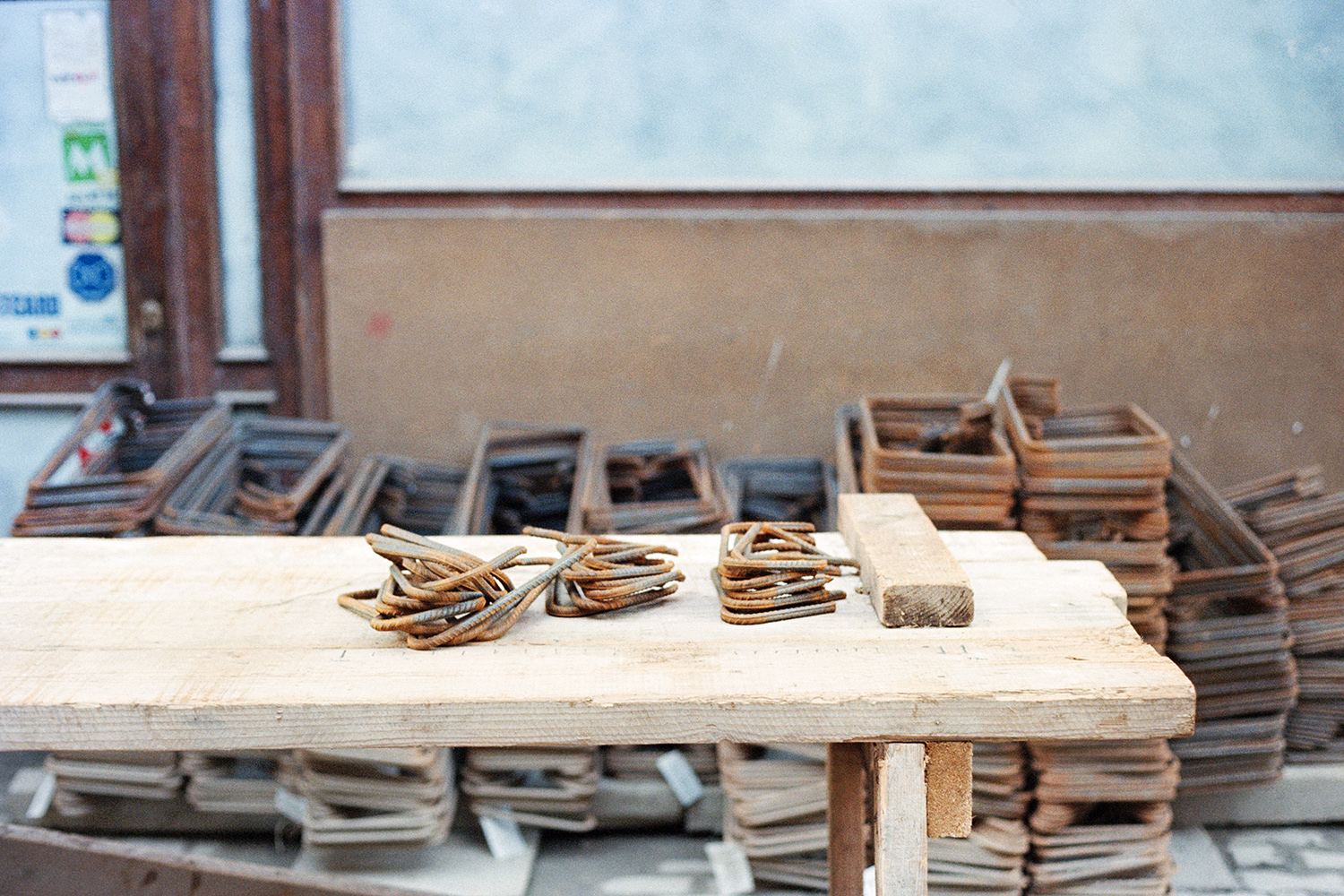These series of images reveal the effects of the destruction, on behalf of “urban regeneration” to renovate old buildings, on Istanbul streets. The process effects the transportation, as well as public health. Besides, there are environmental consequences. While attempting to create new living areas, it is examined what experiences in the current living spaces. The textures and the cross-sectional pieces are given place in the work to provide much greater control over visualization to the viewer. This project may seem as a reflection of behavioral contingencies.
* What is “Urban Regeneration”?: From the early 2000s, urban policy-makers in Turkey have promoted ‘urban regeneration’ as the main tool to transform low-income housing areas, along with former industrial estates, disused port facilities and so on, into modern living, working, shopping and entertainment areas. Under the pretext of an impending major earthquake that will inevitably hit this gigantic metropolis of 17 million inhabitants, the government initiated this citywide renewal project to demolish buildings tagged “rotten”. The law’s advocates argue that it will enable the government to make cities safer against the ever-present risk of earthquakes without a lengthy legal process. However, a growing number of critics point out that it causes more traffic and health problems because of the amount of renovated buildings and there isn’t an organizational plan to complete the process.
About the author:
Ezgi Guler was born in 1991 in Istanbul. She studied photography at International Center of Photography, New York. Currently she lives and works in New York.

















